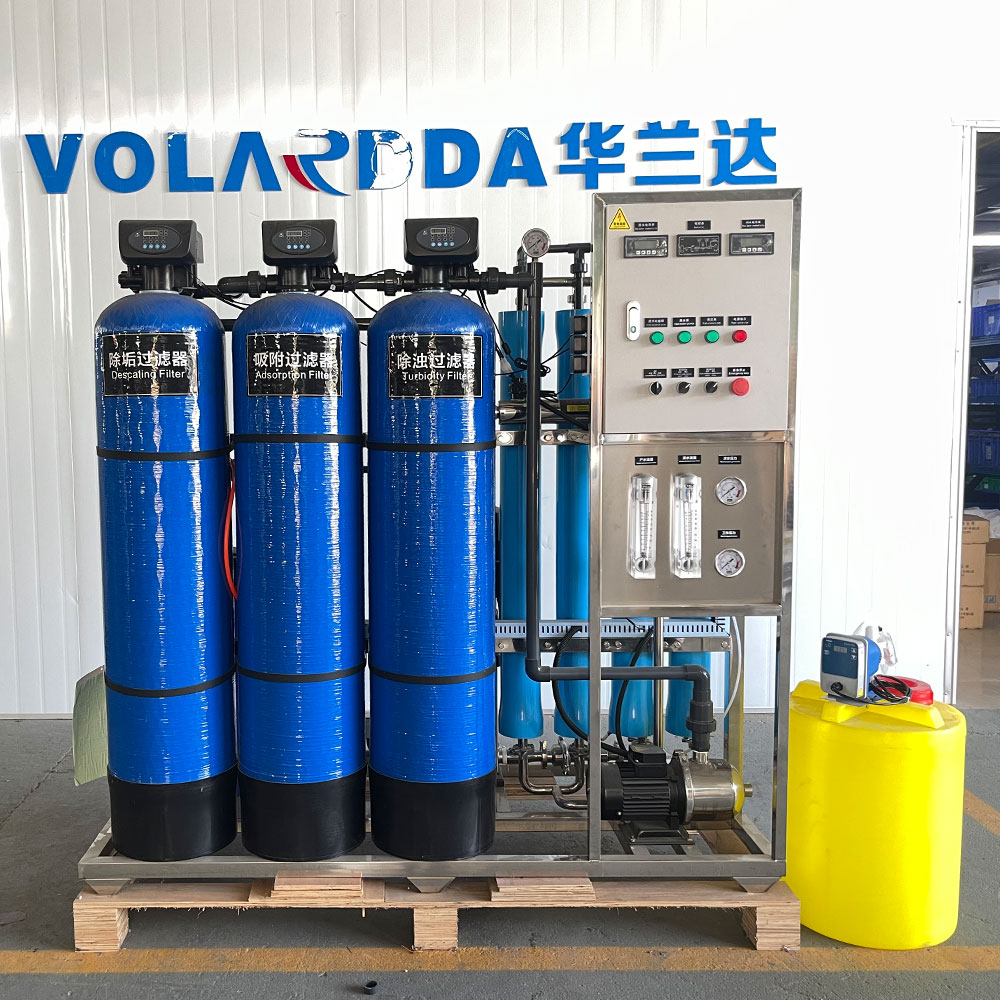Reverse osmosis cleaning why pickling first and then alkali washing?
Every reverse osmosis system will be contaminated and need to be cleaned, because there is usually not only one pollutant when pollution occurs, so the typical cleaning process usually includes two steps of low pH cleaning and high pH cleaning as required.
Different pollutants should be cleaned with different cleaning agents, alkaline cleaning is mainly used to remove microbial or organic pollutants, acid cleaning is mainly used to remove scale. Cleaning agents should be select ed according to the type of contaminant and membrane type to avoid damaging the membrane.
 The order of use of cleaning agents should be determined according to the actual problem, the usual cleaning order is first pickling, and then alkali washing.
The order of use of cleaning agents should be determined according to the actual problem, the usual cleaning order is first pickling, and then alkali washing.
In some cases, if the contamination is mainly organic matter or microorganisms, it can be washed first, then pickling, and finally a step of alkali washing.
The important reason for using alkaline washing as the last step is that it allows the membrane pores to open sufficiently after pickling to restore the water production flow.
If you do not use the conventional cleaning procedure of first pickling and then alkali washing, you need to consult a membrane expert to help you make the right choice.
